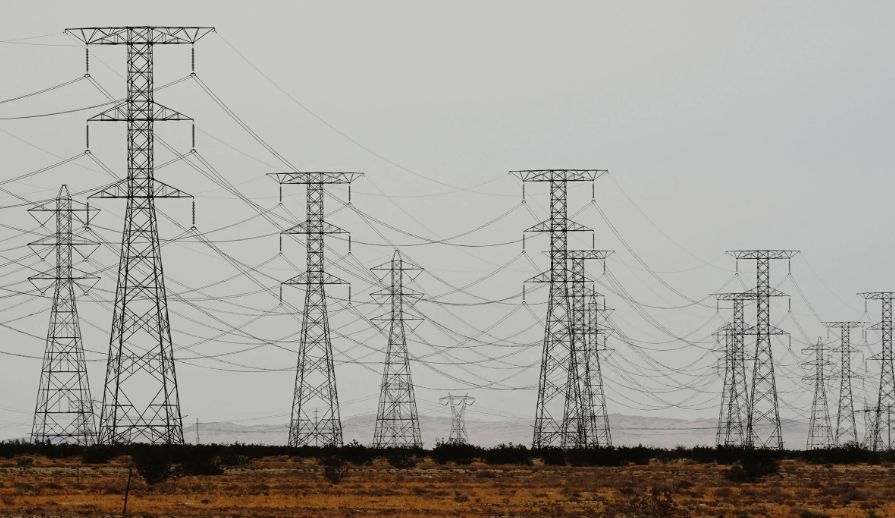Table of Contents
- Introduction
- Understanding Power Grid Hardening
- Assessing Vulnerabilities in Current Grids
- Innovations in Power Grid Hardening
- Implementing Redundancy and Backup Systems
- The Role of Renewable Energy
- Policy and Regulation for Grid Hardening
- Global Examples of Resilient Power Grids
- Conclusion and Future Outlook
Introduction
In the face of rising environmental uncertainties and technological advancements, the resilience of our power infrastructure becomes paramount. Power outages and disruptions hinder daily life and can have profound economic impacts. As communities increasingly depend on electricity for everything from lighting homes to powering essential industries, strengthening our power grids, often called power grid hardening, becomes critical. This comprehensive approach is vital for reinforcing our grids against natural disasters and cyber threats, ensuring a reliable and uninterrupted power supply.
Understanding Power Grid Hardening
Power grid hardening refers to systematically reinforcing energy infrastructure to withstand adverse conditions and mitigate outages. It’s about creating a resilient energy backbone capable of enduring physical and digital disruptions. This process includes both upgrading existing physical infrastructure and integrating advanced technologies. Through hardening, grids are better equipped to handle severe weather, cyber-attacks, and unforeseen equipment failures, thus providing a more reliable energy supply.
Assessing Vulnerabilities in Current Grids
Many of today’s power grids were designed and constructed decades ago, making them ill-suited to cope with modern-day stresses. To meaningfully enhance grid resilience, it’s crucial to identify specific vulnerabilities within the current systems first.
- Natural Threats: Natural disasters pose a significant threat to power grids. Events like hurricanes, earthquakes, and extreme weather conditions have repeatedly demonstrated their ability to disrupt power supplies. These disasters not only damage the infrastructure but also hinder repair efforts. For instance, a severe hurricane might topple poles, flood substations, and tear apart transmission lines, leading to large-scale blackouts. In understanding the impact of past occurrences, planners can develop more effective preventative measures and recovery strategies.
- Cybersecurity Concerns: With the increasing digitalization and interconnectedness of power networks, cyber-attacks have become a looming threat. Cyber intrusions can cripple entire grid operations, leading to widespread blackouts and service disruptions. As these systems become more complex, they require equally sophisticated cybersecurity measures to protect sensitive information and operational processes from malicious attacks.
Innovations in Power Grid Hardening
Innovation is at the heart of power grid hardening, often pushing the boundaries of what’s possible. Recent developments include using materials more resistant to environmental stressors, such as high-strength composite materials for poles that can withstand hurricane-force winds and temperatures. Moreover, incorporating smart grid technologies allows for real-time monitoring and adaptive responses to changing grid conditions, enhancing the grid’s ability to self-heal after disturbances. Programs like the Grid Resilience and Innovation Partnerships (GRIP) program are advancing these efforts by funding projects that modernize the grid, improve resilience, and integrate cutting-edge solutions to withstand future challenges.
Implementing Redundancy and Backup Systems
Redundancy is a critical concept in engineering resilient power grids. By having alternative pathways for power transmission, redundancy systems can ensure that electricity continues to flow even if the primary line is down. Such systems often involve strategic grid design and innovative technologies that reroute power autonomously during disruptions, preventing complete outages. Additionally, on-site backup generators provide an essential safety net for operations during unexpected failures.
The Role of Renewable Energy
Renewable energy is revolutionizing how power is generated and distributed. By diversifying energy sources, solar panels and wind turbines help reduce the reliance on centralized grid systems, mitigating risks associated with power disruptions. Moreover, these renewable systems often integrate seamlessly with microgrids, providing localized power solutions that bolster resilience against more extensive grid failures. As a result, adopting these energies can lead to a more flexible and sustainable power infrastructure.
Policy and Regulation for Grid Hardening
Government regulations and policies are pivotal in steering power grid hardening efforts. Regulatory frameworks dictate the standards for safety and performance, ensuring that utility companies prioritize resilience in their operations. Governments often offer incentives for adopting advanced grid technologies and practices. These supportive policies provide financial motivation, foster innovation, and encourage widespread implementation of hardening strategies across the sector.
Global Examples of Resilient Power Grids
Looking to international examples can offer valuable insights into building resilient power infrastructures. Countries like Japan have pioneered earthquake-resistant technologies, such as flexible pipelines and advanced breakaway connections, significantly improving their grid’s resilience to seismic activity. Meanwhile, Germany’s significant investments in renewable energies have created robust and flexible grid systems. Such global case studies highlight the impact of comprehensive planning and innovation on grid stability.
Conclusion and Future Outlook
The journey toward robust and resilient power grids is ongoing, involving continuous investments in both technology and policy adjustments. As the global demand for reliable energy persists, so must the commitment to maintain and enhance the grid infrastructure. Concerted innovation and international collaboration efforts are anticipated to strengthen power grid resilience further. Adapting to emerging challenges will ensure a stable and secure energy future for generations to come. Learn more here to dive deep into future energy storage and grid resilience.

